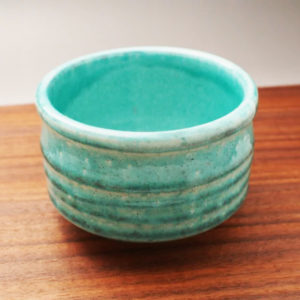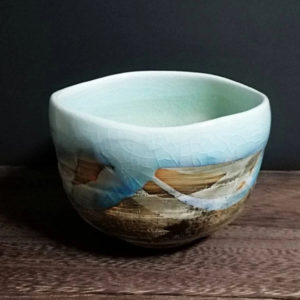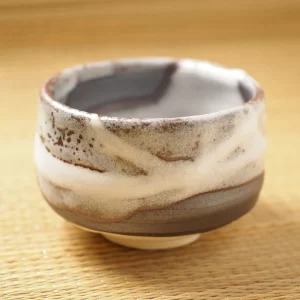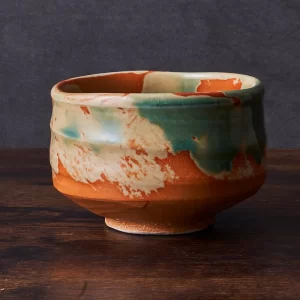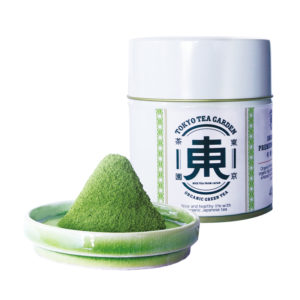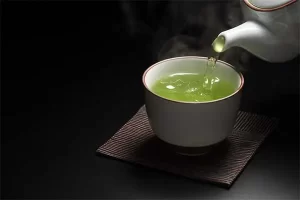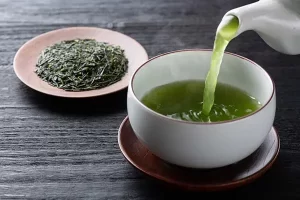Do the Japanese put sugar in green tea?
Green tea is never served with sugar in Japan
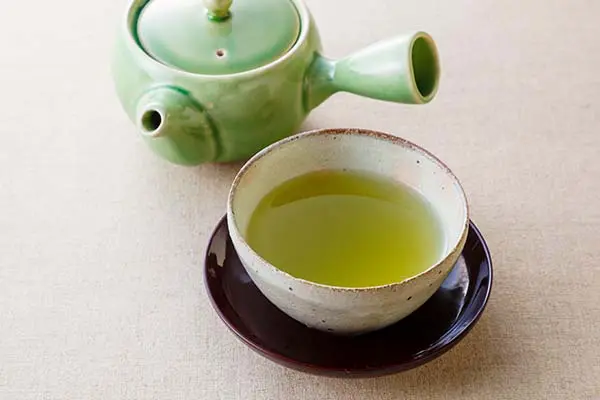
For example, it is customary in Japan to add milk or sugar to sweeten black tea, which is fermented tea. However, green tea is never served with sugar.
One of the major reasons for Japanese people is that they enjoy the taste of green tea itself and feel that the bitterness is delicious. Japanese people have long had the image of “green tea = sugar-free”.
Considering the history of green tea, it is said that the origin of green tea in Japan is 805 CE. Tea culture was introduced from China, where the culture of green tea was advanced, and it was a very noble drink at that time. Since the introduction of tea culture, “enjoying the taste of the tea itself” has been the mainstream, and that has continued until now.
Another reason is that there is a disadvantage of adding sugar to green tea. For example, adding sugar weakens the dieting effect of green tea. Catechin, a component of green tea, has the function of suppressing the absorption of fats and sugars.
Ingestion of sugar also promotes an increase in blood sugar levels.
It is also concerned that insulin secretion changes the hormone balance and causes rough skin such as pimples. For this reason, we Japanese do not add sugar to green tea.
If you don’t like bitterness or astringency, matcha lattes are recommended!
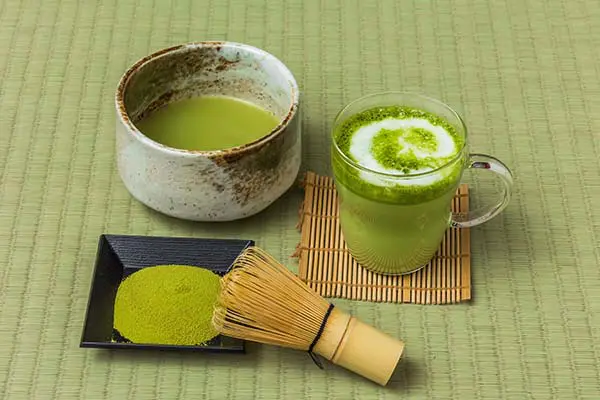
In Japan, green tea is sometimes drunk with sugar, as in matcha latte. Matcha latte is a very popular beverage in Japan that is made by adding milk and sugar to matcha, a type of green tea.
Matcha is made by steaming green tea leaves, drying them, and then grinding them with a stone mill. Among the green teas, it is the most fragrant and treated as high-class green tea (matcha).
In Japan, matcha latte is also sold as a bottled drink by many beverage manufacturers. Matcha lattes are also sold at famous coffee shops and matcha shops, making it a popular drink for arranging green tea.
Home made Matcha Latte Recipe
By adding sugar, you can enjoy a mellow taste with less bitterness and astringency. Matcha latte can be easily made at home!
Matcha latte can be made delicious by preparing three ingredients.
- About 2g of matcha
- Milk 150ml
- sugar
Mix sugar and warm milk well and add matcha powder to it. Matcha powder is hard to dissolve in milk, so we recommend using a mixer.
The matcha latte you make at home will feel especially tastier than drinking at the shop.
Sweets made with green tea are also very delicious!
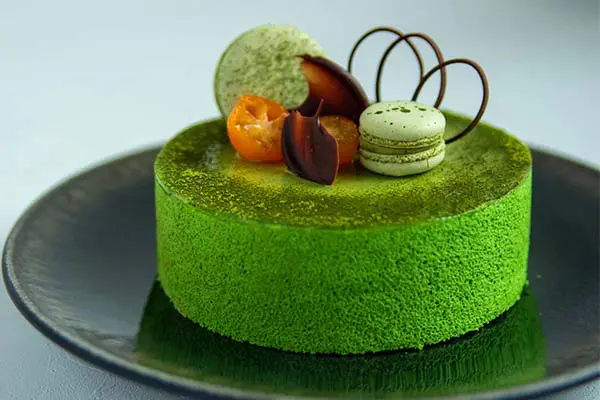
Green tea can be enjoyed as a drink, but sweets made with green tea are also very delicious. Recently, Japanese sweets that make use of the original bitterness and aroma of green tea are also popular in Japan.
Japanese sweets are made with Japanese-themed ingredients.
Along with Japanese food such as kinako and bean paste that goes well with green tea, you can enjoy a more Japanese taste.
- A Japanese-style parfait that combines the taste of green tea with sweets
- Matcha ice cream
- Luxury shaved ice made with Uji matcha
- A roll cake with matcha kneaded into the dough
- Matcha cookie
- Matcha cake baked with matcha powder mixed into the dough
- Fresh cream mixed with matcha green tea and topped with cake
Japanese people love the taste of matcha, so products mixed with various foods are sold. Combining green tea and sweets makes it easier to eat the unique bitterness and astringency.
Even if you are not good at green tea, you can enjoy the taste of sweets made with green tea or matcha. There are many ways to enjoy green tea other than adding sugar to it and drinking it.
Tokyo Tea Garden’s organic matcha is the finest and most aromatic matcha produced in Uji, Kyoto. It can be used not only in matcha lattes, but also in sweets.

